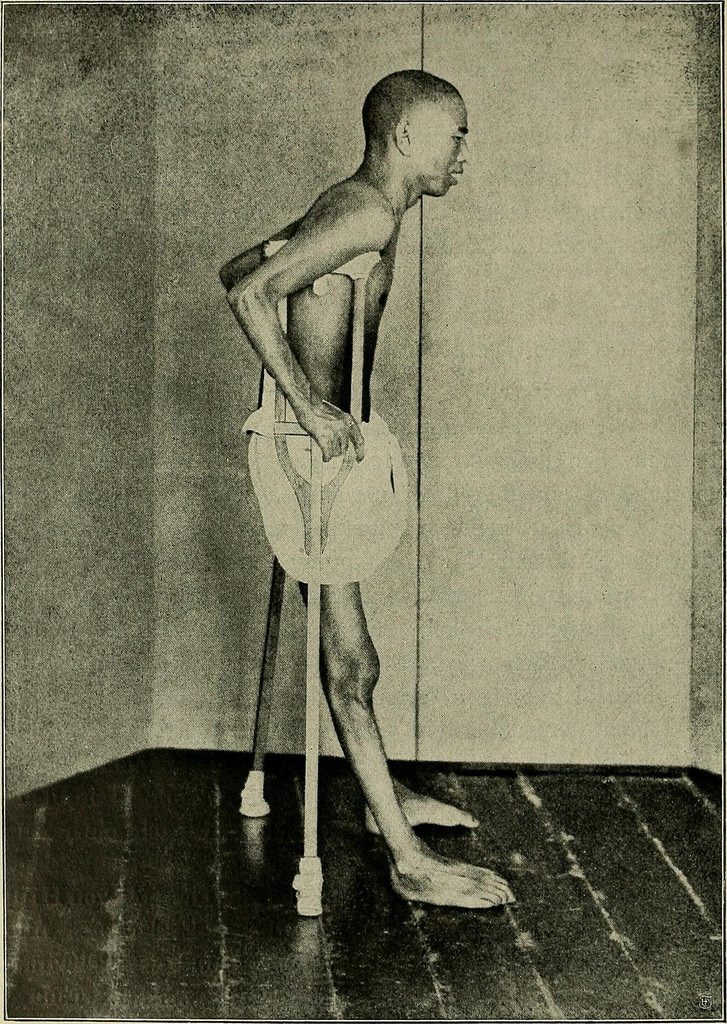Chapter 9. Micronutrients for Energy
Thiamin (B1)
Role of Thiamin (B1)
Thiamin is important in glucose metabolism. It acts as a cofactor for enzymes (coenzyme) that break down glucose for energy production. For example, thiamin is required for the formation of pyruvate dehydrogenase, which converts pyruvate to acetyl Co-A. Thiamin plays a key role in nerve cells as the glucose catabolized by thiamin is needed as an energy source. Thiamin is also required for the metabolism of branched chained amino acids. Additionally, thiamin plays a role in the synthesis of neurotransmitters and is therefore required for RNA, DNA, and ATP synthesis.
Dietary Reference Intakes for Thiamin (B1)
The RDAs and ULs for different age groups for thiamin are listed in Table 9.1 “Dietary reference intakes for thiamin”. There is no UL for thiamin because there have not been any reports of toxicity when excess amounts are consumed from food or supplements.
| Age Group | RDA Females and males mg/day |
| Infants (0–6 months) | 0.2 * |
| Infants (7–12 months) | 0.3 |
| Children (1–3 years) | 0.5 |
| Children (4–8 years) | 0.6 |
| Children (9–13 years) | 0.9 |
| Adolescents (14–18 years) | 1.0 (females), 1.2 (males) |
| Adults (> 19 years) | 1.1 (females),1.2 (males) |
| *denotes Adequate Intake | |
| Data Source: (“Thiamin,” 2016) | |
Dietary Sources of Thiamin (B1)
Whole grains, meat, and fish are great sources of thiamin. Canada fortifies their refined bread and cereals. For the thiamin content of various foods, see Table 9.2 “Thiamin content of various foods”.
| Food | Serving | Thiamin (mg) |
| Breakfast cereals, fortified | 1 serving | 1.5 |
| White rice, enriched | ½ c. | 1.4 |
| Pork chop, broiled | 3 oz. | 0.4 |
| Black beans, boiled | ½ c. | 0.4 |
| Tuna, cooked | 3 oz. | 0.2 |
| Brown rice, cooked, not enriched | ½ c. | 0.1 |
| Whole wheat bread | 1 slice | 0.1 |
| 2% Milk | 8 oz. | 0.1 |
| Cheddar cheese | 1 ½ oz | 0 |
| Apple, sliced | 1 c. | 0 |
| Data Source: (“Thiamin,” 2016)[1] | ||
Consuming Too Little Thiamin
Most Canadians consume enough thiamin, but older adults with low energy intakes or those with malabsorption problems may be at risk of deficiency. The brain and heart are most affected by a thiamin deficiency. Thiamin deficiency, also known as beriberi, can cause symptoms of fatigue, confusion, movement impairment, pain in the lower extremities, swelling, and heart failure. It is prevalent in societies where the main dietary staple is white rice. During the processing of white rice, bran is removed, along with what were called “accessory factors” in the early nineteenth century, which are vital for metabolism. Dutch physician, Dr. Christiaan Eijkman, cured chickens of beriberi by feeding them unpolished rice bran in 1897. By 1912, Sir Frederick Gowland Hopkins determined from his experiments with animals that the “accessory factors,” eventually renamed vitamins, are needed in the diet to support growth, since animals fed a diet of pure carbohydrates, proteins, fats, and minerals failed to grow.[2] Eijkman and Hopkins were awarded the Nobel Prize in Physiology (or Medicine) in 1929 for their discoveries in the emerging science of nutrition.
Certain wild rice varieties found in Indigenous cultures contain high levels of thiamin. Indigenous practices of harvesting, processing, and preparing wild rice can be documented and shared to promote the nutritional benefits of this grain.
Another common thiamin deficiency known as Wernicke- Korsakoff syndrome can cause similar symptoms as beriberi such as confusion, loss of coordination, vision changes, hallucinations, and may progress to coma and death. This condition is specific to alcoholics as diets high in alcohol can cause thiamin deficiency. Other individuals at risk include individuals who also consume diets typically low in micronutrients such as those with eating disorders, the elderly, and individuals who have gone through gastric bypass surgery.[3]


Consuming Too Much Thiamin
There is no UL for thiamin because there have not been any reports of toxicity when excess amounts are consumed from food or supplements. Any excess consumption is removed by the kidney.
Preparation
Thiamin is destroyed with high-heat cooking or long cooking times. It also leaches into water and will be lost in any cooking or soaking water that is thrown out. Additionally, it may be removed during food processing, such as with refined white bread and rice. This is why thiamin is enriched, or added back to many breads, cereals, and grains that have undergone processing.[4]
- Health Professional Fact Sheet: Thiamin. National Institutes of Health, Office of Dietary Supplements. https://ods.od.nih.gov/factsheets/Thiamin-HealthProfessional/. Updated February 11, 2016. Accessed October 5, 2017. ↵
- Frederick Gowland Hopkins and his Accessory Food Factors. Encyclopedia Brittanica Blog. http://www.britannica.com/blogs/2011/06/frederick-gowland-hopkins-accessory-food-factors/.Published June 20, 2011. Accessed October 1, 2011. ↵
- Fact Sheets for Health Professionals: Thiamin. National Institute of Health, Office of Dietary Supplements. https://ods.od.nih.gov/factsheets/Thiamin-HealthProfessional/. Updated Feburary 11, 2016. Accessed October 22, 2017. ↵
- https://www.hsph.harvard.edu/nutritionsource/vitamin-b1/ ↵

